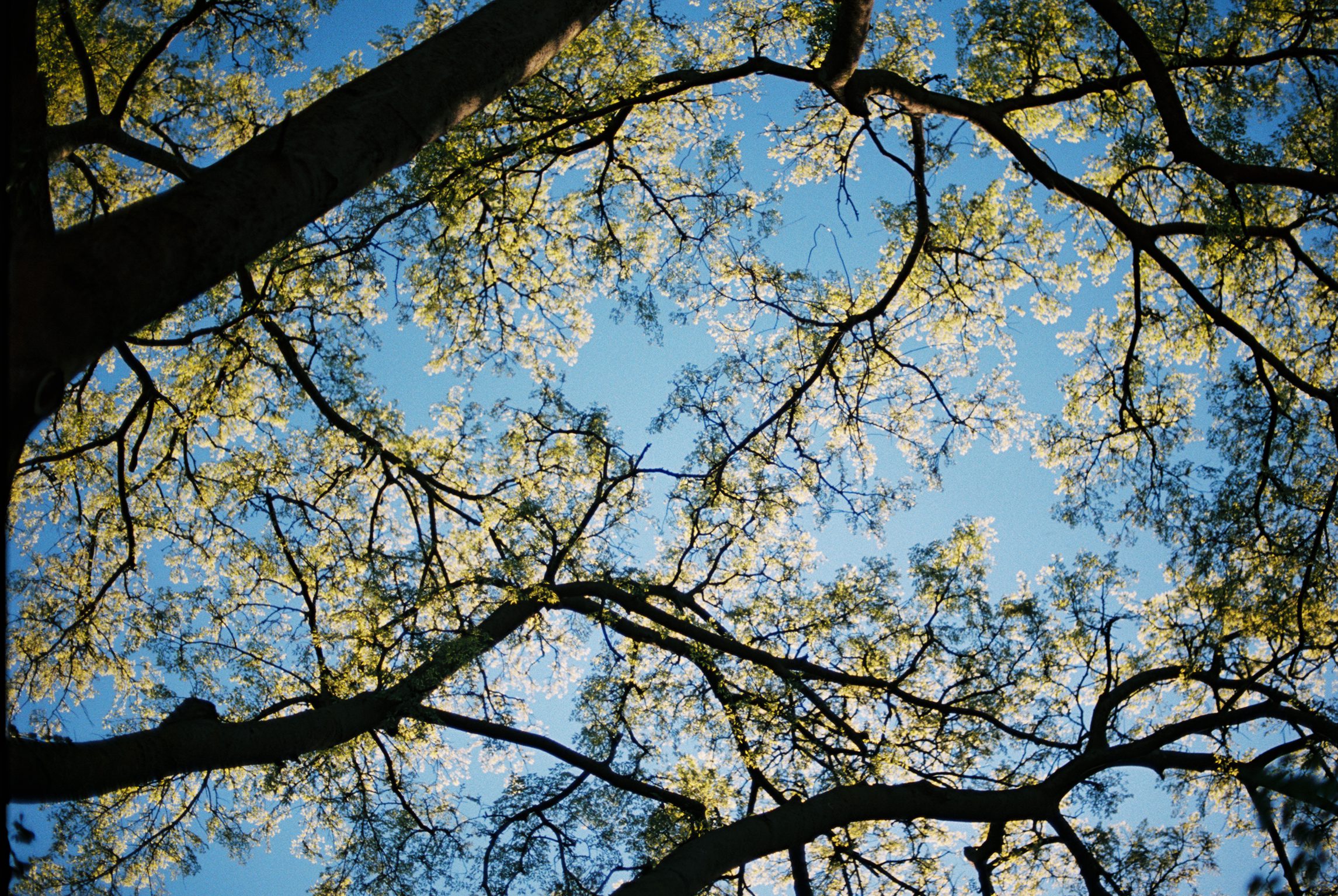By Stacy Whitman
What if the secret to combating your stress and anxiety was as simple as…a walk in the woods?
For decades, the Japanese have embraced forest bathing as an antidote to high-stress work environments and urban living. Known there as “Shinrin-yoku” (or “taking in the forest atmosphere”), forest bathing isn’t an ordinary walk in the woods. It involves slowing down and consciously connecting to nature through the senses of sight, hearing, smell, taste, and touch. An established part of Japanese preventative medicine, the healing practice has been gaining traction in the United States and other Western countries.
The power of forest bathing
Since the 1980s, researchers from Japan and other parts of the world have studied the mental and physical effects of forest therapy. Numerous studies have found that it can significantly reduce stress, anxiety, depression, anger, and sleeplessness. Forest bathing also has been shown to have positive physiological effects that include lowering blood pressure, reducing arterial stiffness and inflammation, and improving immune function.
While exposure to any kind of nature can be good for you, spending time under a canopy of trees appears to have specific benefits. Inhaling the “essential oils” of wood bark is believed to help lower stress levels, according to research. Likewise, a faint smell of coniferous trees, including pine, has been shown to induce a relaxed state.
Studies show that natural airborne chemicals released by trees and plants, called phytoncides, also can benefit your immune system. When you breathe them in, your body responds by increasing the number and activity of a white blood cell known as natural killer cells. Scientists are currently exploring whether exposure to forests can help prevent certain kinds of cancer.
How to take a forest bath
There is no one “right” way to do forest bathing. The idea is simply to take a break from your routine and immerse yourself in nature in a mindful way. But here are some tips that can help you get the most from the experience.
Leave enough time. Any amount of time that you spend out in a natural environment is likely to have benefits. The idea is simply to take a break from your routine and immerse yourself in nature in a mindful way. But the longer you give yourself, the more you’ll get out of it.
Minimize the distractions. Leave your cell phone, camera, earbuds, and other technology at home or in the car so you can be fully present in the experience. If you’re with another person, try to hold off on talking as long as you’re out in the woods.
Stop, look and listen. If you’re walking, go slowly and pause from time to time in order to absorb all the sights, sounds, and sensations. Or, find a comfortable spot to sit and tune into your surroundings. Closing your eyes may help you focus on the sounds around you. When you open your eyes, imagine that you’re seeing the world for the first time.
Use all your senses. Look at the light streaming through the tree branches or water trickling down a stream. Listen to the sound of rustling leaves, the buzz of an insect, the caw of a bird. Inhale the earthy scent of dirt and the bark of a tree. Touch some prickly pine needles or feel the wind on your face.
Breathe deeply. Clearing your brain of outside thoughts can be a challenge, especially if you’re accustomed to being busy. Take deep, slow belly breaths to help you let go of all the activity in your brain and focus on your natural surroundings.
Who can benefit from forest bathing?
Forest bathing has been shown to offer benefits for all ages, from children to the elderly. Beginners and young children can start by focusing on objects in nature (such as a fallen leaf or a fish in a stream) that hold their attention. This is an effective way to calm the brain and train yourself to control the direction of your thoughts.
SOURCES:
Acute effects of walking in forest environments on cardiovascular and metabolic parameters
